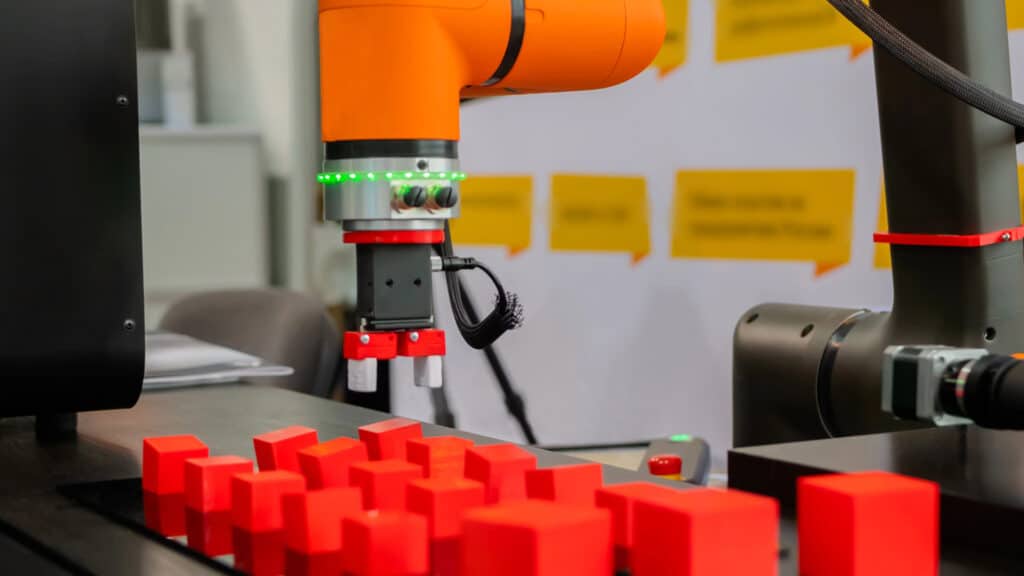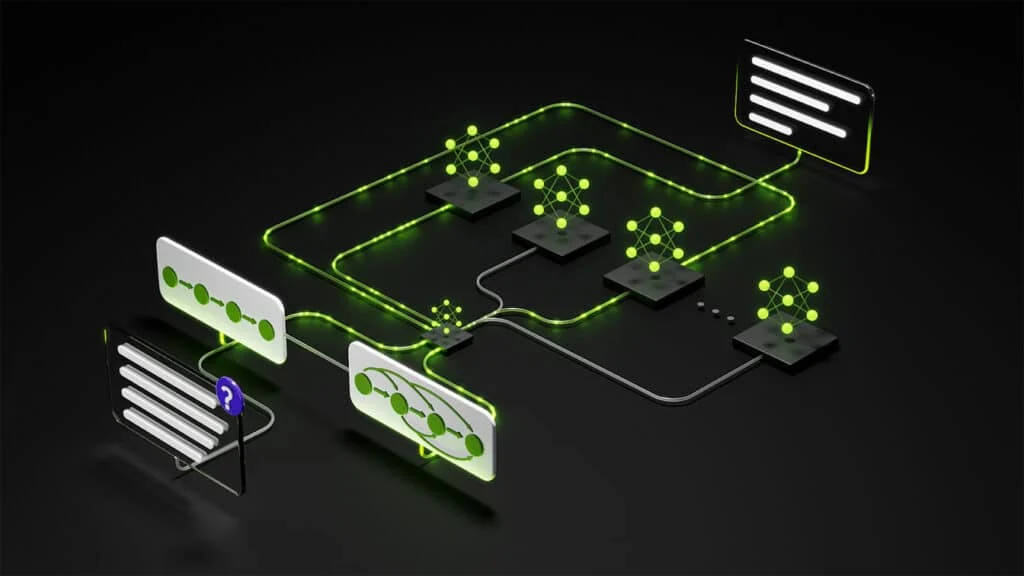The News: Pegasystems announced several enhancements to its Pega GenAI Blueprint application. This tool allows users to collaborate and map out potential business applications and workflows, which can be created within Pega App Studio. Blueprint was initially announced in February 2024 and has seen rapid user adoption, with more than 30,000 blueprints created across 500 organizations in just over two months since its availability in April 2024.
You can read the press release detailing the news at Pegasystems’ website.
Pegasystems’ ‘Blueprint’ for Fast-Tracking App and Workflow Dev
Analyst Take: Pegasystems announced enhancements to its Pega GenAI Blueprint application, a design-as-a-service tool that enables users to ideate, design, and collaborate within to create a foundation for developing applications and workflows. Announced in February 2024, the product has been adopted more quickly than any offering in the company’s history, with more than 30,000 blueprints created in nearly 500 organizations since becoming available in April.
Leveraging AI to Enable Intuitive Application and Process Design
Blueprint combines generative AI, best practices for application, and workflow design captured by Pega over its 40-plus years of working with companies, and an intuitive visual interface to allow users to create application designs by describing business concepts.
The tool, available for anyone to try out and use at pega.com, begins by asking the user for key details on the application or workflow they wish to create. Individualized templates are created by using generative AI to scour the web for relevant data, and this information is harmonized with internal Pega knowledge to create a framework for an application or workflow. The tool will ask additional questions that further enable the application or workflow to be customized and honed to the user’s specific needs and recommend options and workflows typically required to complete processes.
I tested the software during PegaWorld iNspire and found it extremely easy to use. However, users with a solid understanding and vision of the data, steps, and processes required to complete a process within their specific industry, company type, and physical jurisdiction will derive the most value. Once a blueprint design is complete, it can be imported into Pega’s low-code App Studio and turned into a working application.
The current version of Blueprint scours the web for relevant content, including case types, fields, and personas, using generative AI. Future versions will be capable of grounding prompts based on jurisdiction or other industry criteria, speeding up the process of creating applications and workflows that must conform to specific jurisdictional or industry regulatory requirements. The tool now automatically generates editable data model fields behind each case type, and users can invite others to collaborate and edit their blueprints.
As of June, organizations can import existing assets, content, and knowledge into the tool, and support for business process modeling notation models is planned within a month. According to Pega, legacy inputs like process documentation, application screens, and full blueprint designs accessible via application programming interfaces (APIs) will be added in the third quarter.
Soon, users will also be able to preview a proposed user interface instantly across any channel and device. Pega also previewed a new user interface at PegaWorld iNspire, designed to speed up and simplify the design process.
A ‘Blueprint’ for Driving Productivity
According to Don Schuerman, CTO and VP of product marketing at Pegasystems, Blueprints are intended to be ‘first drafts’ of process automation for Pega users, backed by best practices developed by Pegasystems, industry partners, and general industry knowledge. Pega CEO Alan Trefler is setting a goal of enabling a 50 percent efficiency gain for organizations developing applications, and Pega GenAI Blueprint is a key part of that strategy.
In essence, the real value derived from Blueprint is that it addresses two key bottlenecks in application development: translating an idea into the initial application or workflow and the incorporation of stakeholder feedback. Pega users can adopt Blueprint to visualize processes and greatly reduce the time to create the software to connect back-end systems to front-end systems, such as legacy ERP to modern customer service apps. Because the app supports real-time collaboration with stakeholders, the time required to incorporate changes or feedback can be greatly reduced.
While interesting and powerful, even more functionality and value will be available later this year when the application’s generative AI prompts can be grounded in more specific datasets. This should further reduce the time it takes to create a viable application or workflow.
Disclosure: The Futurum Group is a research and advisory firm that engages or has engaged in research, analysis, and advisory services with many technology companies, including those mentioned in this article. The author does not hold any equity positions with any company mentioned in this article.
Analysis and opinions expressed herein are specific to the analyst individually and data and other information that might have been provided for validation, not those of The Futurum Group as a whole.
Other Insights from The Futurum Group:
PegaWorld iNspire Focuses on Enabling the Autonomous Enterprise
Author Information
Keith Kirkpatrick is Research Director, Enterprise Software & Digital Workflows for The Futurum Group. Keith has over 25 years of experience in research, marketing, and consulting-based fields.
He has authored in-depth reports and market forecast studies covering artificial intelligence, biometrics, data analytics, robotics, high performance computing, and quantum computing, with a specific focus on the use of these technologies within large enterprise organizations and SMBs. He has also established strong working relationships with the international technology vendor community and is a frequent speaker at industry conferences and events.
In his career as a financial and technology journalist he has written for national and trade publications, including BusinessWeek, CNBC.com, Investment Dealers’ Digest, The Red Herring, The Communications of the ACM, and Mobile Computing & Communications, among others.
He is a member of the Association of Independent Information Professionals (AIIP).
Keith holds dual Bachelor of Arts degrees in Magazine Journalism and Sociology from Syracuse University.






